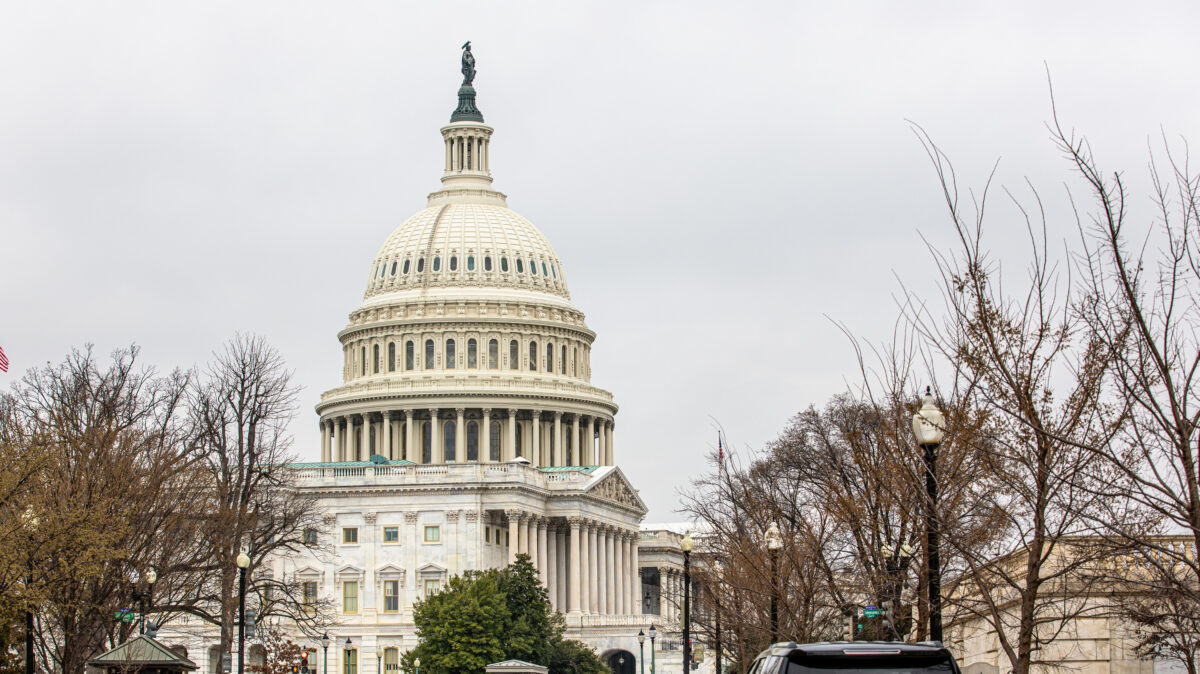Fundamental Shift in Federal Endangered Species Management Required
Guest Author
Special Contributor to FB.org

photo credit: AFBF Photo, Philip Gerlach
Guest Author
Special Contributor to FB.org
For more than 40 years, the U.S. Fish and Wildlife Service has been tasked with the protection of plants and animals facing the threat of population decline, habitat loss and extinction. As the nation 's attention turned to environmental issues in the 1970s and 80s, Congress began to take on popular concerns and passed a number of bills that continue to govern the way we protect America 's resources today. While our environment has seen many benefits since that time, recovery of threatened and endangered species continues to be an abysmal failure.
Lawmakers, however, have done little to change this course. Congress has been unable or unwilling to provide meaningful changes to the Endangered Species Act in more than 25 years. Meanwhile the FWS and the National Marine Fisheries Service have free reign to fundamentally alter and increase the regulatory strength of the ESA through rulemaking after rulemaking. Today, the ESA provides "protections" for nearly 1,600 domestic species at a cost of $1.75 billion annually. Nearly 300 new species have been listed during the Obama administration.
The primary goal of the ESA today is to list new species. Radical environmental groups monopolize the petition process with sue-and-settle tactics that bully the government into addressing hundreds of species petitions. And taxpayers are left with the legal bill. More than 120 species have been listed as a result of these sue-and-settle tactics, with another 100, or more, court-mandated listing decisions scheduled by 2018.
Federal agencies are then left tangled in bureaucratic red tape and financial constraints: The FWS and NMFS are unable to do their primary job of actually recovering and, ultimately, delisting threatened and endangered species. Rather, an endangered or threatened listing has become a death row sentence for species with little to no hope for recovery.
The new status quo is unacceptable. While the environmental industry rakes in millions of taxpayer dollars, endangered species are left with meaningless federal protections that provide no pathway to recovery. While federal agencies craft new regulations to expand their authority and control more land, business owners and rural communities are excluded from creating workable conservation plans.
It 's time for a change of direction. Congress needs to work with states and the agricultural community to create and pass legislation that reforms the ESA with four key components:
- Prioritize active recovery of currently listed species over adding new listings;
- Empower state and local governments to lead local species recovery and management plans;
- Ensure that sound, peer-reviewed science and economic analysis is required in all ESA decisions;
- Incentivize private landowners ' voluntary species conservation efforts.
During a recent Senate Environment and Public Works Committee hearing, FWS Director Dan Ashe noted that it is possible to bring people of goodwill together to find practical solutions for overdue improvements to the ESA. We agree with Director Ashe that legislative reform of the ESA is indeed possible, and argue that these substantive reforms are long overdue.
The scope and reach of the ESA is far more expansive today, covering activities and situations not contemplated when it was originally enacted. But Congress can improve the processes and procedures it put in place 40 years ago so that the ESA better serves both the needs of endangered species and the people most affected by implementation of the law. AFBF will continue to seek out new partners in Congress as we work together to identify and pursue timely improvements to the ESA.
Ryan Yates is a director of congressional relations at the American Farm Bureau Federation.
Trending Topics
VIEW ALL